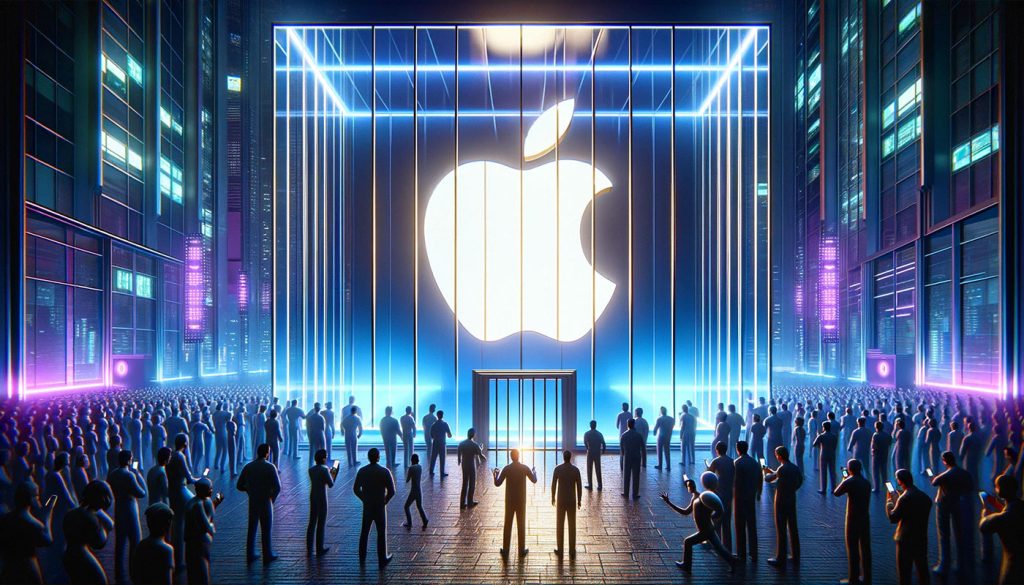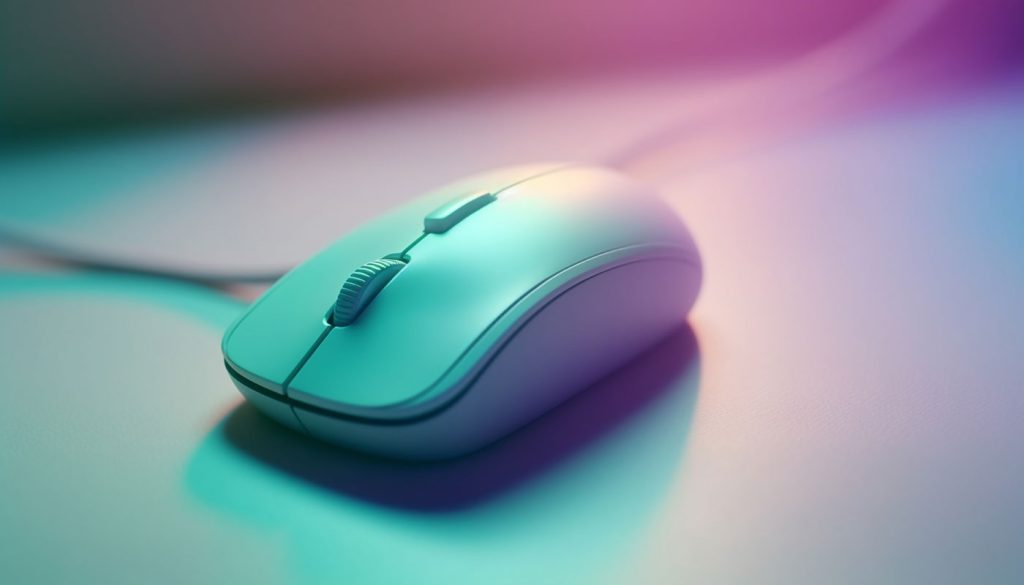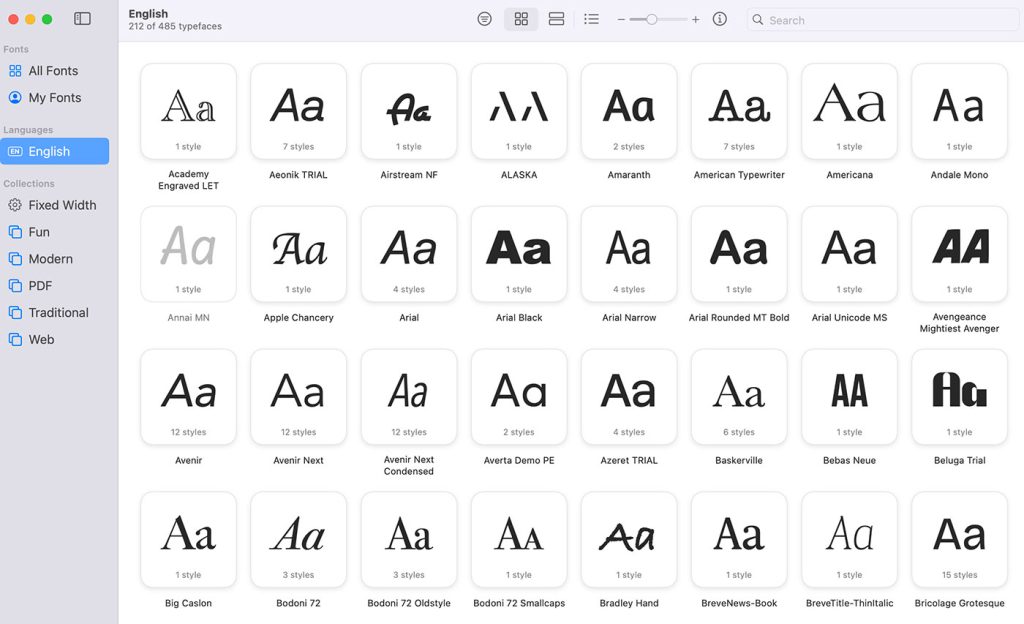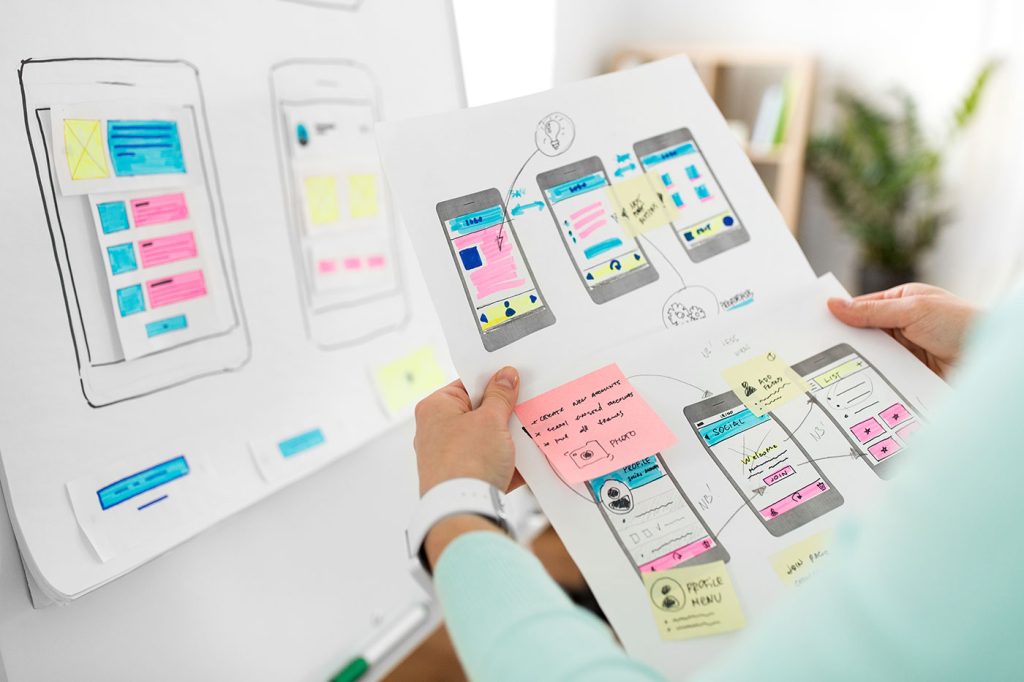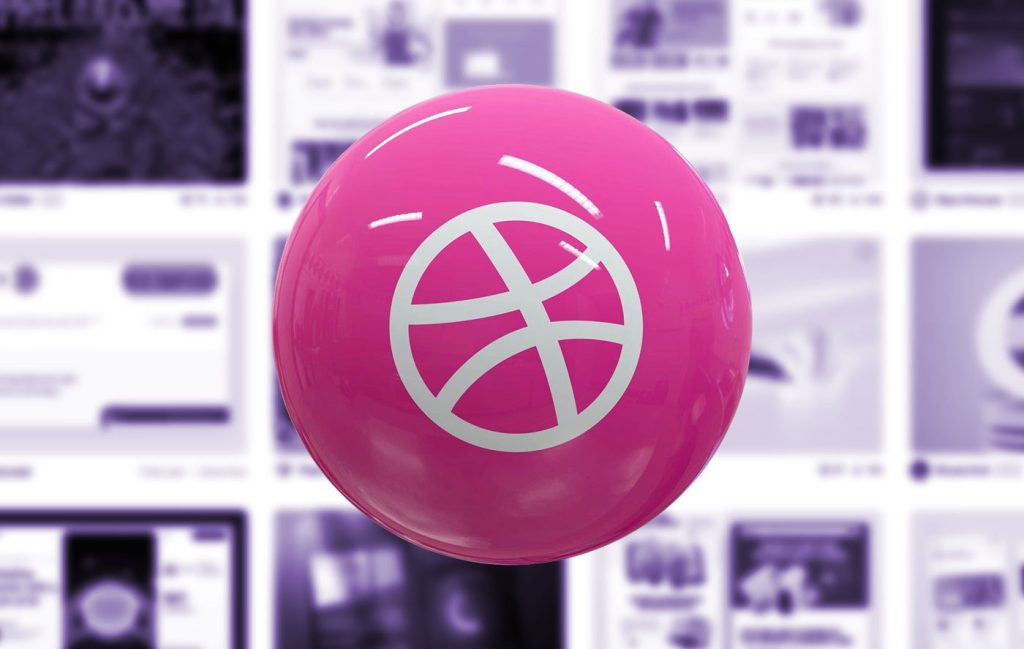When you think of high-converting websites, what comes to mind? Clean, minimal designs, aesthetically pleasing color palettes, and a well-thought-out user interface.
You probably envision a polished, sleek experience where every pixel serves a purpose and every element exudes professionalism. But here’s the thing—there’s a theory that’s been simmering beneath the surface of the web design world for a while now: ugly websites sell better. Yes, you read that right. Ugly websites.
Before you close this tab in disbelief, hear me out. What if I told you that, sometimes, design imperfections—whether they’re garish colors, clashing fonts, or unintentionally dated aesthetics—could be driving conversions in ways the design community hasn’t fully explored?
It’s a topic that can spark heated debates, but it’s one that warrants more attention, especially for those of us working in the trenches of advanced web design.
The Unlikely Theory: Ugly Websites and Higher Conversions
The phrase “ugly websites” might make you cringe, but let’s take a step back and examine the nuances of this idea. The “ugly” websites we’re talking about here aren’t just poorly designed or sloppily thrown together—they are often characterized by design choices that go against the grain of current design trends.
These sites may seem visually repulsive by modern standards, yet they might be outperforming their more polished competitors in terms of sales and conversions.
Here’s the kicker: sometimes, bad design makes people trust a website more. It’s a phenomenon tied to user psychology, consumer behavior, and even web history.
Websites that look “ugly” often appear more authentic, human, and genuine. They lack the hyper-polished perfection that can sometimes come off as corporate or inauthentic. This is especially true in industries where trust is paramount, like e-commerce, health, or finance.
What’s Behind This Theory?
To fully appreciate why “ugly” websites might sell better, we need to dive into psychology, human behavior, and even the history of web design. When it comes to user trust, we tend to trust things that seem more real and less engineered.
1. The Power of the “Human Touch”
The polished, minimal, well-executed websites that flood the web these days can often feel cold and detached, as if they were made by a faceless corporation. An “ugly” website, on the other hand, can give off the impression that a real person, not a design agency, created it. It feels personal, intimate, and less like a money-making machine.
Consider the example of early internet culture—think about websites from the late ‘90s and early 2000s. These websites were often filled with animated GIFs, bright colors, Comic Sans, and chaotic layouts. Yet, these sites felt real.
They didn’t hide behind sleek animations or micro-interactions; they were straightforward and loud, sometimes even obnoxious. People didn’t mind the “ugliness” because they felt they were interacting with something human, not automated.
2. The “Non-Polished” Aesthetic Equals Trust
Many of us have been conditioned to believe that the fancier something looks, the more polished it must be—therefore, the more trustworthy it is. But here’s the paradox: In some cases, websites that look more like “throwbacks” or have obvious signs of low-budget design actually convey a sense of honesty.
There’s no attempt to deceive the user with over-the-top imagery or fancy layouts—what you see is what you get. For some users, especially older demographics, this approach is actually comforting.
Take the case of some e-commerce websites, particularly in niche industries. The more complex and detailed the offering, the more the customer might want reassurance that the business behind the website is authentic. This is where a less “polished” design can help, creating a feeling of transparency that a highly optimized, visually refined design might lack.
3. The “Bait and Switch” Factor
Let’s be clear: Just because a website is visually “ugly” doesn’t mean it lacks professionalism in every way. However, the idea of an “ugly” website triggering higher conversions often comes from the contrast between design and purpose.
This phenomenon occurs especially in cases where an imperfect design contrasts with the user’s expectations. Users go to the website expecting one thing—perhaps a poorly designed, outdated experience—and end up getting something entirely different: a seamless user experience, fast checkout process, and a genuinely good product or service.
Think of it as a bait and switch (but in a good way). When a user lands on an unexpected, cluttered, or outdated design, their expectations drop. They aren’t expecting much from the site in terms of usability, but when the site actually works well, they’re pleasantly surprised—and that positive emotional reaction can lead to increased conversions.
4. Nostalgia and Familiarity
For some users, the “ugly” design might even tap into nostalgia. Many of us remember the early internet and its aesthetic imperfections. There’s an odd sense of comfort in seeing a website that doesn’t try to be cutting-edge but instead feels familiar. It’s the equivalent of hearing a song from your high school days—it’s not necessarily “better,” but it resonates in a way that’s hard to define.
For industries with older customer bases, the “ugly” website could tap into that nostalgia, making users feel more comfortable and familiar with a brand. A sleek, modern site might be great for attracting younger, trend-conscious customers, but a messy, colorful site might speak volumes to someone looking for authenticity.
Why Do We Still Love Beautiful, Clean Designs?
Don’t get me wrong. Clean, polished web designs still reign supreme in the majority of cases. The reasons are obvious: aesthetics matter; they make users feel good, create an emotional connection, and convey brand professionalism. A well-designed site is much easier to navigate, reduces friction, and typically provides a better user experience.
Plus, there’s something deeply satisfying about a well-executed, minimalist design. It appeals to our sense of order and harmony, making the user experience feel effortless and intuitive.
But that doesn’t mean there isn’t room for the occasional “ugly” site to thrive, especially in markets where user expectations diverge from mainstream design trends.
The Ugly Truth: Design Trends Aren’t Universal
While polished design is often seen as a standard for conversion rate optimization (CRO), it’s important to recognize that there’s no one-size-fits-all solution. As we’ve explored, some “ugly” websites manage to beat the odds and outperform their competitors.
But before you throw away your design principles and embrace chaos, remember: just because one website defies conventional wisdom doesn’t mean it’s universally applicable.
Some industries, such as SaaS, tech, or high-end e-commerce, might demand that sleek, modern designs reign supreme. In these spaces, users expect user-centric designs with sophisticated aesthetics, because that’s often tied to the perceived value of the product or service.
For niche e-commerce, personal brands, or specific markets, though, embracing an “ugly” or unconventional design could be the differentiator you never knew you needed.
So, Should You Embrace Ugly Web Design?
In conclusion, the debate around whether ugly websites sell better isn’t a black-and-white issue. Sometimes, “ugly” designs create a level of authenticity and relatability that can significantly improve conversions. At other times, users demand the highest quality, most visually polished sites possible.
For designers, the challenge lies in understanding context—the psychology of your audience, their expectations, and the unique needs of the market you’re designing for. If you’re creating a website for a customer base that craves authenticity and simplicity over sophistication, an “ugly” design might just be the perfect strategy.
That said, let’s not kid ourselves. Beauty still plays a massive role in design. But, as it turns out, sometimes the very things we’re told to avoid—clashing colors, awkward fonts, and messy layouts—can actually work in your favor if done with intent.
What do you think? Is the idea of ugly websites selling better a concept you’re willing to explore, or should we stick to the tried-and-true principles of beauty in web design? The debate rages on, but one thing is certain—design is never as straightforward as it seems.

